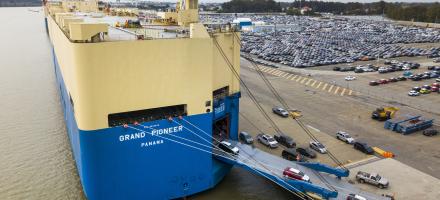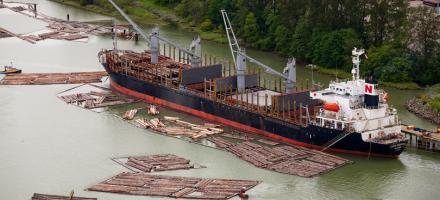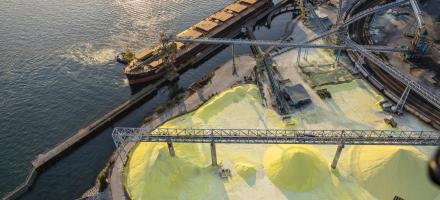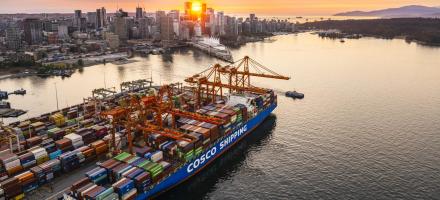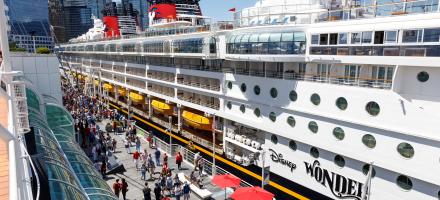The Vancouver Fraser Port Authority: Enabling Canada’s trade
The Vancouver Fraser Port Authority is an arm’s-length federal agency responsible for the shared stewardship of the lands and waters that make up the Port of Vancouver, Canada’s largest port. Our mandate, as outlined in the Canada Marine Act, is to enable Canada’s trade objectives on behalf of all Canadians, ensuring goods are moved safely through the Port of Vancouver, while protecting the environment and considering local communities.
As a Canada Port Authority, we:
- Contribute to the competitiveness, growth, and prosperity of the Canadian economy
- Organize marine transportation services that meet port users’ needs at a reasonable cost
- Provide a high level of safety and environmental protection
- Respond to local needs and priorities
- Encourage and consider input from port users and local communities
- Re-invest around 90% of our revenues back into trade enabling infrastructure
In our role, we carry out our mandate by:
- Leasing out lands to the terminal operators who move cargo through the port
- Collecting revenue through tenant rent and various fees from port users
- Leading infrastructure projects to support trade growth
- Serving as a permitting authority for terminal expansions and other projects on port lands
- Running a suite of environmental programs
- Working closely with local communities to minimize any impacts of port activity
- Engaging and creating meaningful relationships with First Nations groups
- Collaborating with other agencies on port safety and security
Unlike many other ports around the world, Canada Port Authorities are not tax-payer funded. We also aren’t owned or operated by any municipality.
Our approach to sustainability
Sustainability is integral to delivering our federal mandate, and to ensuring the long-term success of the Port of Vancouver for the benefit and well-being of all Canadians. We define a sustainable port as one that delivers economic prosperity through trade, maintains a healthy environment, and enables thriving communities, through shared aspirations, collective accountability, and meaningful dialogue.
We are committed to being a sustainability leader and to advancing sustainability, within both the port and the global maritime sector. To do this, we focus on:
- Integrating sustainability into all aspects of our business
- Providing leadership through our policies and practices
- Collaborating with others to achieve shared sustainability objectives and performance
- Measuring and communicating progress
Read our sustainability report to learn more about how we’re advancing sustainability at the port authority, the port, and across the maritime sector.
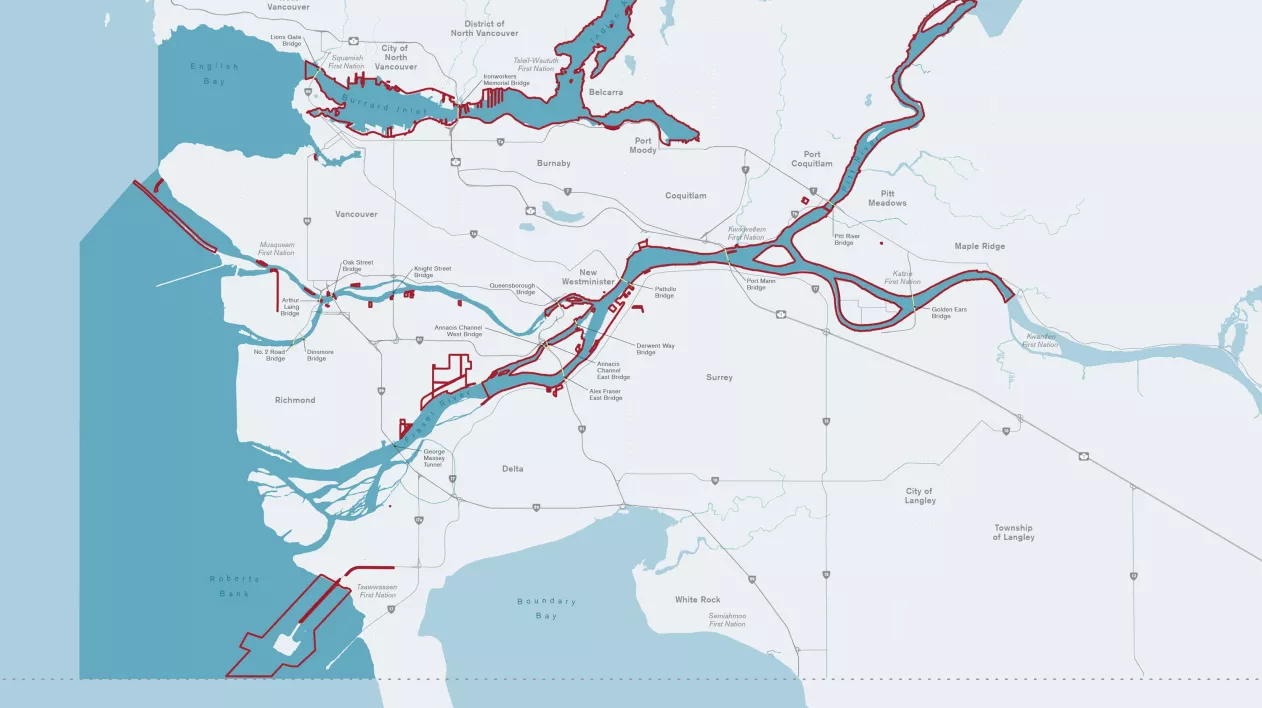
The Port of Vancouver: Canada’s largest port
Located on the southwest coast of British Columbia, the Port of Vancouver extends from Roberts Bank and the Fraser River up to and including Burrard Inlet. Geographically, the port is about the same size as the next five largest Canadian ports combined. Its jurisdiction includes more than 16,000 hectares of water, more than 1,500 hectares of land and hundreds of kilometres of shoreline, bordering 16 municipalities and intersecting the traditional territories and treaty lands of more than 35 Coast Salish First Nations.
Trade at the Port of Vancouver
Trade through the port connects Canadian businesses to international markets and consumers with the variety of products that we use every day from markets across the globe and generates tax revenues and secure employment for local communities. Home to 29 major terminals and more than 1,000 tenants, the port is the most diversified cargo-handling port in North America.
Port terminals move goods across five different business sectors:

The Port of Vancouver:
- Connects Canada with approximately 140 to 170 countries annually
- Handles $1 in every $3 of Canada's trade in goods outside of North America
- Moves almost as much cargo by volume as Canada’s next five largest ports combined
- Enables the trade of approximately $300 billion in goods annually
- Sustains 132,400 jobs, $9.3 billion in wages through port activities each year
- Generates $16.3 billion in annual GDP across Canada

